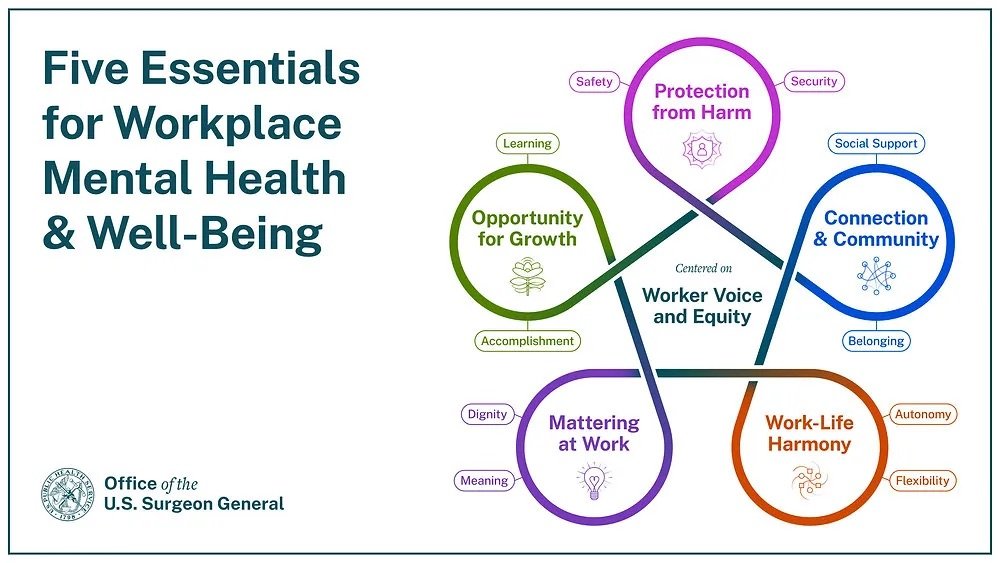In 2016 50% of my company wanted to leave
In 2016, 50% of my staff said they wanted to leave.
Not a great stat for any company, let alone a company whose number one KPI was team happiness.
In 2014, I’d set up Secret Source, an IT company in The Canary Islands. We had a theory: We thought that if we could hire the most promising developers and create a culture where everyone felt like friends, they’d collaborate more, learn from each other, and together write better code
Two years in, we had a team of 15 and everyone seemed very happy. We went out for beers every Thursday, met up at weekends, and work was (mostly) pretty fun.
So when we sent out our first employee engagement survey, we weren’t worried.
The last question on the survey was:
“Do you see yourself working here one year from now?”
Over 50% of the team said they didn’t!
We didn’t understand it. We’d done everything the textbook said. We paid fair salaries, we offered flexible hours and holidays and had a relaxed atmosphere. We even gave away free food and had an office with sofas, hammocks, and a dart board!
We regularly spent quality time together outside the office
So we spoke to everyone individually to find out what we’d done wrong.
It turned out our team enjoyed working with us - it was fun. They loved their coworkers, and the work was great too. The problem? …
They had no idea how to get a pay rise or a promotion, or even what they should be learning to get better. And, for that reason, despite enjoying their work, they felt they needed to look for a new company to work for.
The five essentials for workplace wellbeing
According to the US Surgeon General’s guide to wellbeing, there are five essentials required to feel happy at work and one of the five is a feeling that you have an “opportunity for growth.”
We had totally neglected our team’s need for learning and accomplishment.
Years later I found out we were not alone. In fact, studies show that the majority of companies are lacking in this area! Research from 15five found that most companies do not provide their employees with a clear career path.
Our solution
First, we spent a lot of time listening to our team and understanding what they needed. They wanted to know what they had to do to grow, get promoted and to ultimately get a pay rise.
So, we created a simple salary-linked professional career ladder based on the Fogbugz professional ladder. Our first version was OK and enough to halt the mass departures but it wasn’t perfect. So every year since then, together with our team, we’ve updated it to accommodate their needs. We made it public in 2022 and now many IT companies use it as their base - Secret Source professional ladder.
Nowadays, our team rarely says that they don’t have a clear career path.
Tip of the week
If you’re like the majority of business owners or team leaders, you may underestimate how important learning and growth opportunities are to your team’s wellbeing. You need to find out.
This week’s tip is easy.
Speak to your team and ask them what learning and growth opportunities they need.
Once you understand, make a plan based on your company’s capabilities and your team’s needs. It’s unlikely you’ll be able to create a promotion structure comparable to the Armed Forces by next Monday, but you might be able to give your team some time and budget for learning.
Remember … everyone is different
Whilst everyone needs to feel they are learning and progressing in their careers, the relative importance really depends on the person and where they are in life.
Younger workers have the greatest need to learn and it reduces over time. It is so important to the younger workforce that according to Deloitte’s 2025 Gen Z and Millennial survey, learning and development is one of the top three factors influencing their job choices.
Workplace wellbeing is a science. You need to understand what your team really needs and then take targeted, specific actions to meet those needs. Even small changes can make a big difference.
Follow the blog
I regularly write on how you can use the science of happiness and the science of wellbeing to improve team performance. Sign up now to receive the latest blog posts in your inbox.




